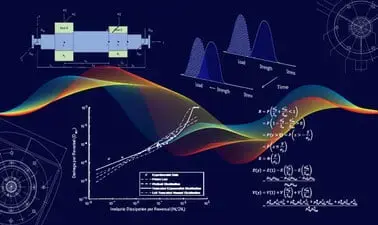Road Traffic Safety in Automotive Engineering
Self-paced course
Price
Rating
Overview
Engineers in the automotive industry are required to understand basic safety concepts. With increasing worldwide efforts to develop connected and self-driving vehicles, traffic safety is facing huge new challenges. This course is for students or professionals who have a bachelor's degree in mechanical engineering or similar and who are interested in a future in the vehicle industry or in road design and traffic engineering. It's also of value for people already working in these areas who wantbetter insight into safety issues.
This course teaches the fundamentals of active safety (systems for avoiding crashes or reducing crash consequences) as well as passive safety (systems for avoiding or reducing injuries). Key concepts include in-crash protective systems, collision avoidance, and safe automated driving. The course will introduce scientific and engineering methodologies that are used in the development and assessment of traffic safety and vehicle safety. This includes methods to study the different components of real-world traffic systems with the goal to identify and understand safety problems and hazards. It includes methods to investigate the attitudes and behavior of drivers and other road users as well as recent solutions to improve active safety. Italso includes methods to study human body tolerance to impact and solutions to minimize the injury risk in crashes.
Study topics include crash data analysis and in-situ observational studies of drivers and other road users by the use of instrumented vehicles and roadside camera systems. Solutions in active safety, such as driver alertness monitoring, driver information as well as collision avoidance and collision mitigation systems, will be described. Examples of in-crash protective systems are combinations of traditional restraints such as seat belts and airbags but with advanced functions such as automatic adaption to the individual occupant as well as pre-collision activation based on advanced integrated sensor systems and communication systems.
The course will be based on recorded lectures that use videos and animations to enhance the experience. Online tutorials that access simulation models will give the participants an experience of influencing parameters in active safety and passive safety systems.
As a result of support from MathWorks, students will be granted access to MATLAB/Simulink for the duration of the course.
- Current and upcoming means to reduce traffic related fatalities and injuries
- Car structure design and crash configuration influence on the vehicle occupant loading
- Principles of future integrated safety systems
- Human body biomechanical and physiological response
- Simulations for crash safety assessment
- Importance of active preventive safety and the complexity of the driver/vehicle/environment (DVE) system
- Sensor principles and the design and functions of current active safety systems
Similar courses
Featured articles
10238 students
63 Days
English
Advanced
















